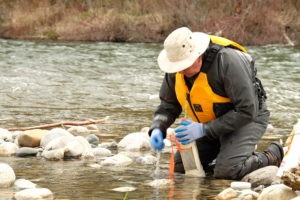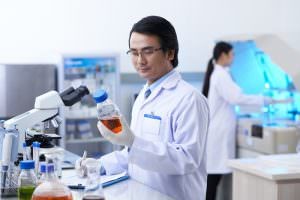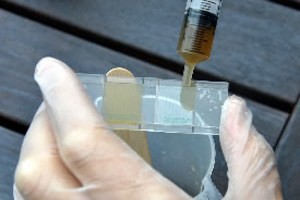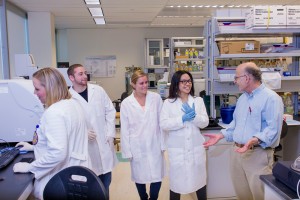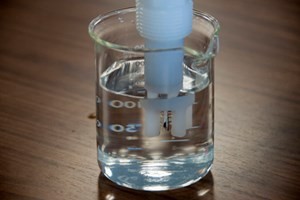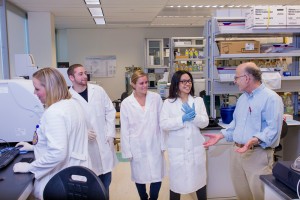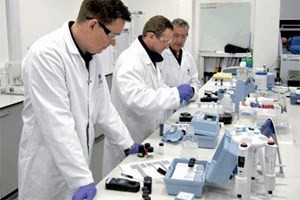Steps to detect azide content in surface water
The azide in the water sample is heated and converted into azide acid in an acidic medium, which is distilled out with water vapor and absorbed by sodium hydroxide solution, and the azide ion reacts with ferric ion to form a brown-red complex. Its absorba
Detection steps of methyl tert-butyl ether in surface water
The methyl tert-butyl ether in the water is purged with high-purity helium (or nitrogen) and then adsorbed in the trapping tube. The trapping tube is rapidly heated and backflushed with high-purity helium (or nitrogen), and then desorbed by heat. The comp
The steps of detecting total cobalt concentration in water by flame atomic absorption spectrometry
After the water sample is filtered or digested, it is sprayed into a lean-burning air-acetylene flame, and the cobalt ground state atoms formed in the high temperature flame selectively absorb the 240.7nm characteristic spectral line emitted by a cobalt h
Steps of Spectrophotometric Detection of Total Cobalt Concentration in Water
After the water sample is filtered or digested, it is sprayed into a lean-burning air-acetylene flame, and the cobalt ground state atoms formed in the high temperature flame produce selective absorption of the 240.7nm characteristic spectral line emitted
Detection method of cyanide in industrial wastewater
After the water sample is distilled online, hydrogen cyanide will be released, which will be converted into cyanogen monochloride by reacting with chloramine-T, and then react with isonicotinic acid and 1,3-dimethylbarbituric acid to form a red substance.
On-line monitoring method of volatile organic compounds in surface water
On-line monitoring of volatile organic compounds in surface water To ensure the accuracy of the parameters, it is necessary to select the correct method. The most commonly used method in daily life is continuous purge and trap/gas chromatography. The dete
A method for accurate detection of phytoplankton in surface water
Phytoplankton in surface water usually refers to phytoplankton, which are widely distributed and have many types, such as common cyanobacteria and green algae. Phytoplankton plays a great role in the fish in the water. First, it can be used as a food reso
A method for accurate detection of indium ions in water
The metal ion indium in water quality can be detected by atomic absorption spectrophotometry. The characteristic spectral lines emitted by cathode lamps or other light sources produce selective absorption, and its absorbance is proportional to the concent
Steps for the detection of acrylamide in water by mass spectrometry
The principle of mass spectrometry detection of acrylamide in water is to directly inject the water sample after filtration through a 0.22um filter membrane, and then enter the tandem mass spectrometer after separation by liquid chromatography, using mult
Steps for the detection of adsorbable organic halogens (AOX) by microcoulometry
The principle of microcoulometric detection of adsorbable organic halogens (AOX) is to acidify the water sample with nitric acid, use activated carbon to adsorb the organic compounds in the acidified water sample, and use the NaNO3-HNO3 mixture to elute t

